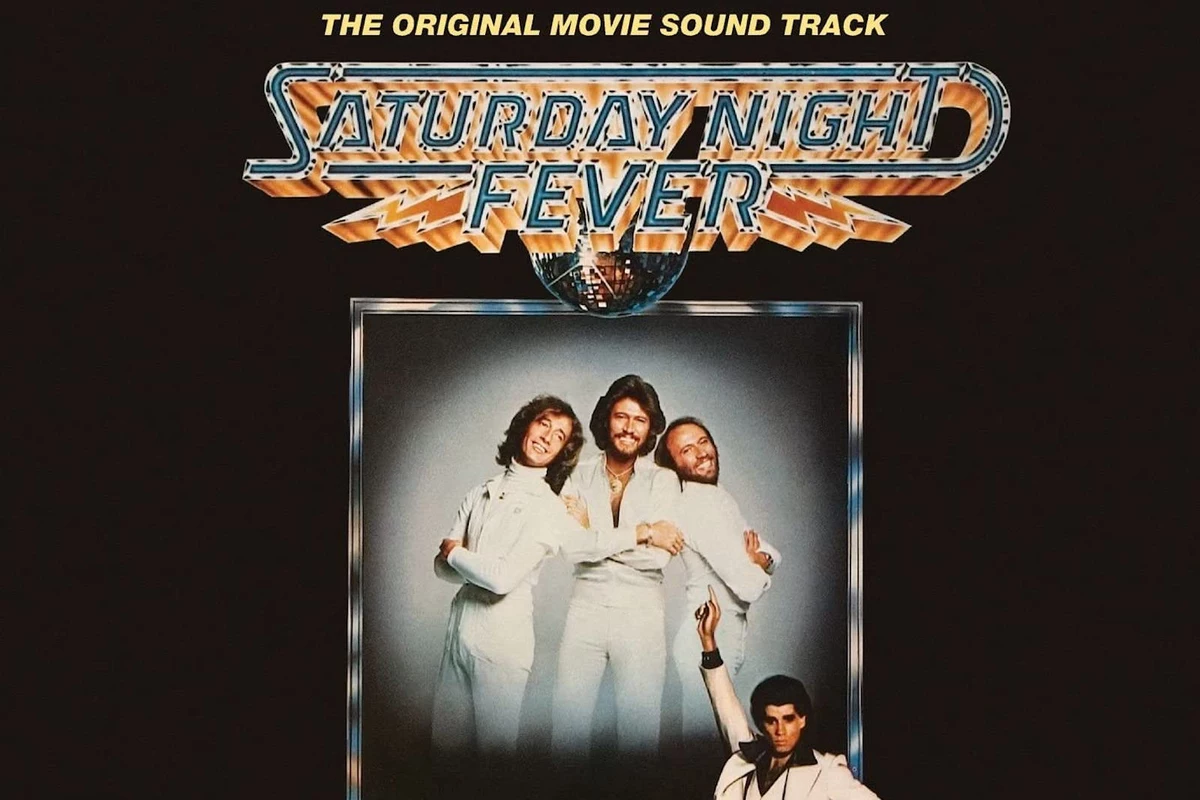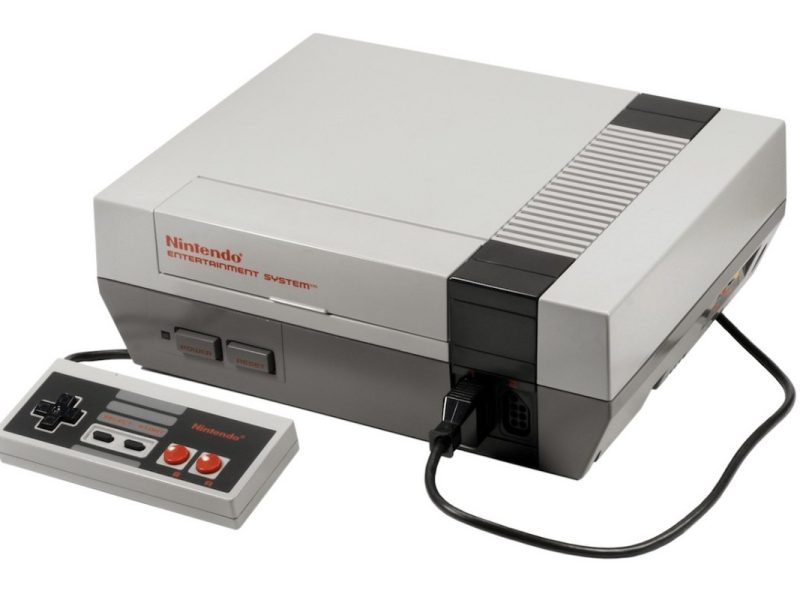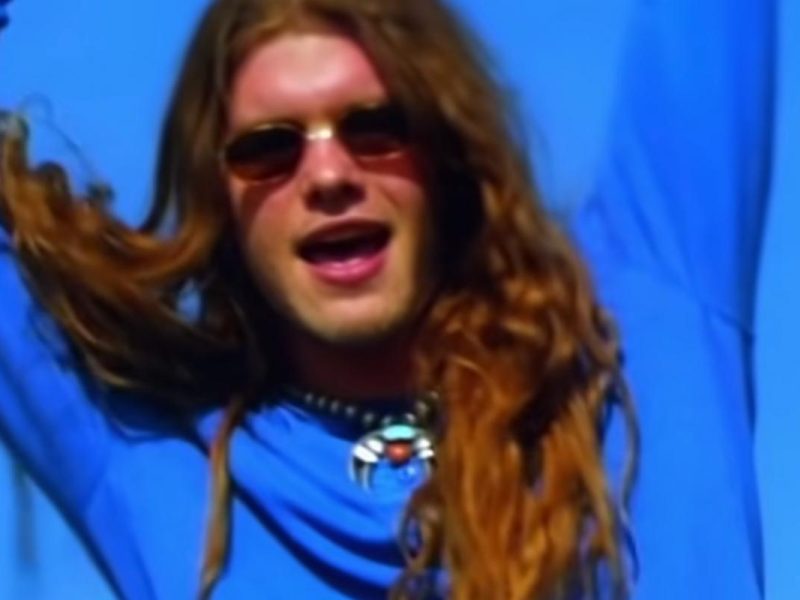Popular music in the ’70s had many dividing lines, but none was bigger than disco.
Bee Gees played an undeniable role in this shift, notably with their involvement with the soundtrack to Saturday Night Fever. Starring John Travolta as Tony Manero, the film was a critical and commercial success, grossing more than $20 million within the first few weeks of its release on Dec. 16, 1977.
Saturday Night Fever may not have invented disco, but it brought it to the forefront of pop culture in a way that was “culturally, historically or aesthetically significant,” as the Library of Congress noted in 2010 when the movie was selected for preservation in the United States National Film Registry. Bee Gees would became unshakably tied to the project, even though they never intended to be at the helm of the disco movement or even involved in the film.
In fact, their music had been more rooted in traditional pop, rock, country and R&B than dance-floor music. It hadn’t always been easy. Bee Gees had split up and reconvened by the time Saturday Night Fever producer Robert Stigwood approached them, reaching both the top and the bottom of the charts. They were currently back on top thanks to hit songs like “Jive Talkin'” and “You Should Be Dancing.”
There was something particularly compelling about Bee Gees to Stigwood, who had been managing the group since 1967. “I loved their composing,” Stigwood told Rolling Stone in 1977. “I also loved their harmony singing. It was unique, the sound they made. I suppose it was a sound only brothers could make.”
Watch Bee Gees’ Video for ‘Jive Talkin”
Stigwood offered little detail about the new project when he called. “We were recording our new album in the north of France,” Robin Gibb would later recall, “and we’d written about and recorded about four or five songs for the new album when Stigwood rang from L.A. and said, ‘We’re putting together this little film, low budget, called Tribal Rites of a Saturday Night. Would you have any songs on hand?’ And we said, ‘Look, we can’t, we haven’t any time to sit down and write for a film.’ We didn’t know what it was about.”
“Tribal Rites of the New Saturday Night” was the title of a 1976 New York magazine story about the disco scene written by British journalist Nik Cohn. The article turned out to be mostly fictional but served as source material for Saturday Night Fever. Meanwhile, the production of the film had already started.
“The Bee Gees weren’t even involved in the movie in the beginning,” Travolta told Vanity Fair in 2007. “I was dancing to Stevie Wonder and Boz Scaggs.” He was also grooving to Bee Gees’ aptly titled “You Should Be Dancing,” a 1976 No. 1 that Travolta insisted be kept in the movie even though it was not written for it. The Gibb brothers were unaware of any of that. They only knew that Stigwood was looking for songs and that he had faith in the group.
“No one has ever talked to us about our songwriting. That’s always amazed me,” Robin Gibb told Rolling Stone in 1977. “I don’t think people even realize that we write our own songs. It doesn’t bother, me, but you know that Playboy poll? It has a songwriting section, and this year we’re not even in it. … It’s just that they don’t know their business. They don’t make it their business to know how many records the Bee Gees have written. I call it just musical ignorance!”
Watch John Travolta Dance to Bee Gees in ‘Saturday Night Fever’
Even though they knew very little about the movie’s plot, Bee Gees started working on music for it anyway, writing a handful of songs to show Stigwood. When Stigwood and film-music producer Bill Oakes came by the Chateau d’Herouville in France where the group was working, the film’s script was still unseen. “They hadn’t even looked at it,” Oakes told Billboard in 2022.
“What Robert did tell them in broad terms is it’s about a guy who works in a paint store and blows all his wages on a Saturday night, and he goes to a club and they do the hustle,” Oakes added. “Robert’s mission was [to] get the Bee Gees to write a disco track that you cannot stop dancing to, with a great melody – and that’s how they came up with ‘Night Fever,’ for instance. These are great melodies that happened to be in the disco mold. That was the breakthrough. It was interesting: they just simply dropped the live album they were mixing and went straight into it.”
The songs began to roll in one after another, and Stigwood’s initial feedback was simple: “We played him demo tracks of ‘If I Can’t Have You,’ ‘Night Fever’ and ‘More Than a Woman,'” Maurice Gibb told Rolling Stone in 1978. “He asked if we could write it more disco-y.” They took that advice to heart when writing the platinum-selling “Stayin’ Alive.”
Barry Gibb said Stigwood gave them straight-forward instructions for the track: “Give me eight minutes – eight minutes, three moods. I want frenzy at the beginning. Then I want some passion, and then I want some w-i-i-i-ld frenzy!” The song was written in just two hours.
Watch Bee Gees’ Video for ‘Stayin’ Alive’
Another hurdle arrived when it came to recording the song. Session drummer Dennis Bryon had to leave after his mother died, and Bee Gees struggled to find a suitable replacement. They experimented with a drum machine but then decided to take two bars from the drum track that was already recorded for “Night Fever” and turn them into a loop. (The drums were eventually credited to “Bernard Lupe,” a play on the name of famous session drummer Bernard Purdie.)
Six of the soundtrack’s songs were performed by Bee Gees; they wrote two others. The double album was filled out with previously released tracks by KC and the Sunshine Band (“Boogie Shoes”), Kool & the Gang (“Open Sesame”) and the Trammps (“Disco Inferno”). But the songs everyone paid attention to were the new ones written by Bee Gees.
The trio worked like they usually did, throwing out lines and rarely writing down anything until they were ready to record. Within a week, their work was done. “It’s obviously easy,” Robin Gibb said in 1977. “We did it.” Oakes also knew they had a solid group of songs: “I said to [Stigwood], ‘We’ve got the score. We’ve got it.'”
Karen Lynn Gorney, who played Stephanie Mangano in the film, heard it too. She said the new songs changed the entire mood of the cast when they were brought to the set. “The first time I heard the music,” she told Vanity Fair, “I said, ‘Those are monster hits.'”
Bee Gees, however, took their new disco king title in stride. For the brothers, this was simply the next step of their ever-shifting career. “Who says you can’t play different kinds of music?” Barry Gibb asked in 1977. “You just do what you want to do. We play different kinds of music because we put our hearts into different kinds of music.”
Watch Bee Gees’ ‘Night Fever’ Video
Saturday Night Fever and its accompanying soundtrack became massive hits. Four of the album’s songs shot to No. 1, including “How Deep Is Your Love,” “Stayin’ Alive,” “Night Fever” and “If I Can’t Have You” – a Bee Gees song performed by Yvonne Elliman. The album also reached the top of the charts across the globe and became one of the biggest-selling records in history. It then took a victory lap in 1979, winning the Grammy for Album of the Year.
A few years after the film’s release, Bee Gees still looked back at the experience with some disbelief. “To me, Saturday Night Fever sounds like some sleazy little porno film showing on the corner, second-billed to a film called Suspender Belts or something,” Robin Gibb told Rolling Stone in 1979.
Being the biggest group on the planet now meant Bee Gees were feeling pressure to keep up their momentum. “In this position, we are constantly up against the wall with people saying, ‘Please us!'” Barry Gibb said. “It’s an invisible thing, but you can feel the wall behind you, and you can hear the whole industry saying, ‘Give us a surprise. We expect you to outdo yourselves.'”
Eventually, the Saturday Night Fever craze subsided – to their great relief. “I remember not being able to answer the phone, and I remember people climbing over my walls,” Barry Gibb told Vanity Fair. “I was quite grateful when it stopped. It was too unreal. In the long run, your life is better if it’s not like that on a constant basis – nice though it was.”
No one had expected even a fraction of the pandemonium Saturday Night Fever created, as Bee Gees and John Travolta became some of the most recognized names and faces in the world. Maurice Gibb was asked in 1978 why he thought the project was such a success. “It was a combination of the two: John and us,” he said. “The music made the film, and the film made the music.”
The Best Rock Movie From Every Year
A look at the greatest biopics, documentaries, concert films and movies with awesome soundtracks.
25 Interesting Rock Movie Facts



